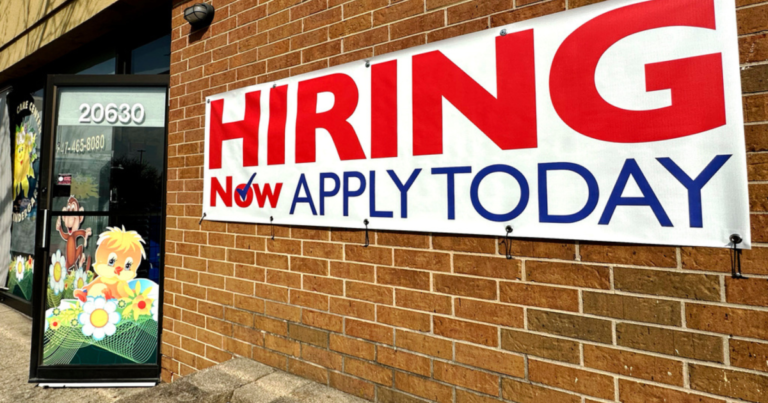U.S. job growth has been slower than initially thought through most of 2023 and the beginning of 2024, according to revised data released by the Labor Department on Wednesday.
The revised data showed the U.S. economy added 819,000 fewer jobs than estimated in the 12 months through March, based on figures from state unemployment insurance tax records.
The figure of 819,000 represents 0.5% of the total workforce. Historical estimates have generally been within 0.1% of the total workforce.
Related Posts | Hiring slows in July as unemployment rate rises to 4.3%
It was thought that the US would add an average of around 242,000 jobs per month between March 2023 and March 2024. The revised figures suggest that just 173,000 jobs per month were created in the US during this period.
While the Biden administration frequently touts the U.S. economy as stronger than normal, the revised figures show job growth is much closer to historical levels: From July 2014 to July of the following year, the U.S. averaged about 164,000 new jobs per month.
The Federal Reserve also cited the strong numbers as justification for maintaining federal interest rates at the highest in the United States in the past 23 years. The Federal Reserve is keeping interest rates high in hopes of keeping annual inflation closer to 2%. As of July, the Consumer Price Index had risen 2.9% over the trailing 12-month period. Last month marked the first month in nearly three years that consumer inflation was below 3%, after exceeding 9% in 2022.
Related Posts | Harris focuses on soaring food prices as inflation plays big role in presidential election
Over the past decade, inflation has risen roughly 3.2% per year.
The next change in federal interest rates could come on September 18th.


